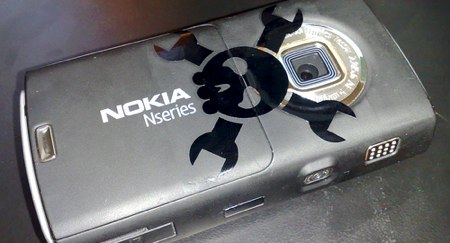
A couple of readers weren’t too thrilled when the winners were announced a while back for the Nokia N900 competition. And to be honest, we even wondered on some ideas (like what does skateboarding have to do with hacking?) However, The teams have been hard at work and a picture video is starting to form for each. Check after the break for some video recaps.
[Thanks Matt]
Continue reading “Nokia PUSH Competition Update”
















